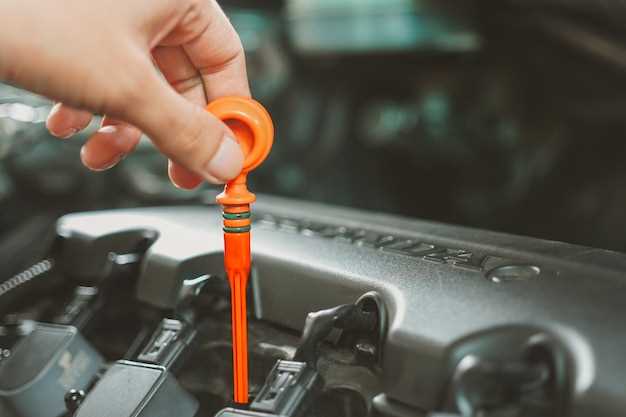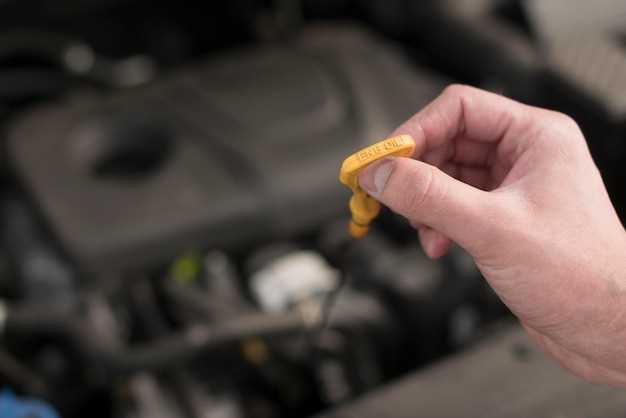
How to test your car’s brake fluid
- Dominique Kaye
- 0
- Posted on

Maintaining your vehicle is essential for ensuring its longevity and safety. Among the many components that require regular attention, the brake system stands out as one of the most critical. The quality of your brake fluid plays a vital role in the overall performance of your braking system, making it imperative to check it regularly.
Brake fluid is not just a simple fluid; it is a hydraulic medium that transfers force from the brake pedal to the brake pads. Over time, brake fluid can absorb moisture and contaminants, leading to reduced effectiveness and potential brake failure. This article will guide you through the steps to assess the quality of your brake fluid, ensuring that your vehicle remains safe and responsive during your drives.
Understanding how to check your brake fluid is an essential aspect of automobile maintenance. By taking a few moments to inspect this critical fluid, you can save yourself from costly repairs and ensure your safety on the road.
Identifying Brake Fluid Contamination: Signs to Look For
Regular maintenance of your vehicle’s brake system is crucial for safety, and checking the brake fluid quality plays a significant role in this process. Contaminated brake fluid can lead to reduced braking efficiency and even brake failure. Here are critical signs to look for when assessing your brake fluid.
One of the primary indicators of contamination is discoloration. Fresh brake fluid typically has a clear or slightly yellow hue. If you notice the fluid appears dark brown or black, it suggests that it has absorbed moisture or debris, which can compromise its effectiveness.
Another sign is the presence of particles or sediment within the fluid. These particles could be rubber debris from deteriorating brake components or other contaminants. Inspect the reservoir closely; if you see any floating particles, it’s a clear signal that the fluid requires replacement.
Additionally, pay attention to the fluid’s consistency. If the brake fluid feels thick or syrupy when you squeeze the reservoir, it indicates that it has degraded. Properly functioning brake fluid should be thin and free-flowing, allowing for effective hydraulic pressure in the braking system.
Lastly, monitor your brake performance. If you experience a soft or spongy brake pedal, it could be a sign of moisture contamination affecting the fluid’s ability to create the necessary hydraulic pressure. Regular checks and maintenance can help prevent these issues and ensure your vehicle remains safe on the road.
Step-by-Step Guide to Testing Brake Fluid Moisture Levels

Regular maintenance of your vehicle’s braking system is crucial for safety and performance. One important aspect of this maintenance is checking the moisture levels in your brake fluid. High moisture content can significantly reduce brake efficiency. Follow this guide to test your brake fluid moisture levels effectively.
Step 1: Gather Your Tools
To perform the test, you will need a brake fluid tester or a refractometer specifically designed for checking moisture content. These tools are widely available at auto parts stores or online. Additionally, you may want to have gloves and a clean cloth handy for handling the fluid.
Step 2: Locate the Brake Fluid Reservoir
Open your vehicle’s hood and locate the brake fluid reservoir. This is typically a translucent container near the back of the engine bay, often labeled with a brake symbol. Ensure the engine is off and the vehicle is on a flat surface.
Step 3: Extract a Sample
If using a tester, follow the manufacturer’s instructions for reading moisture levels. If using a refractometer, carefully dip the device into the brake fluid. Be cautious not to overfill or spill fluid outside the reservoir, as brake fluid can damage paint and other surfaces.
Step 4: Measure Moisture Content
Activate the brake fluid tester or look through the refractometer. Most testers will provide a percentage reading of moisture present in the brake fluid. Optimal brake fluid should have less than 3% moisture. If your reading is higher, it’s time for a fluid replacement.
Step 5: Interpret the Results
Evaluate your results against the recommended moisture thresholds. If moisture levels exceed 3%, a brake fluid change is necessary to maintain proper braking performance. Consider flushing the entire system to ensure all old fluid is removed.
Step 6: Dispose of Old Brake Fluid Properly
When replacing brake fluid, ensure you dispose of the old fluid according to local regulations. Brake fluid is toxic and should not be released into the environment. Check with local waste facilities for proper disposal options.
Regular testing of your brake fluid not only enhances your vehicle’s braking system but also ensures your safety on the road. Incorporate this test into your routine maintenance schedule for optimal performance.
When to Replace Brake Fluid: Recommended Maintenance Intervals

Brake fluid is a crucial component of your vehicle’s braking system, and regular maintenance is essential for optimal performance and safety. Most manufacturers recommend changing the brake fluid every 2 years or every 24,000 miles, whichever comes first. This interval can vary based on the type of fluid used and driving conditions.
If you frequently drive in harsh conditions, such as heavy traffic, hilly terrain, or extreme temperatures, you may need to replace the fluid more often. These conditions can accelerate fluid degradation and moisture absorption, leading to reduced braking efficiency.
Additionally, it is advisable to conduct a brake fluid quality check during routine maintenance inspections. If the fluid appears dark or contaminated, it is a clear indication that replacement is necessary, regardless of the scheduled interval. Keeping your brake fluid at optimal levels and quality is vital for ensuring a safe and reliable braking system.
Always refer to your vehicle’s owner manual for specific recommendations and consult a professional if you’re unsure about the condition of your brake fluid. Regular maintenance and timely replacement of brake fluid will contribute significantly to your vehicle’s overall safety and performance.
